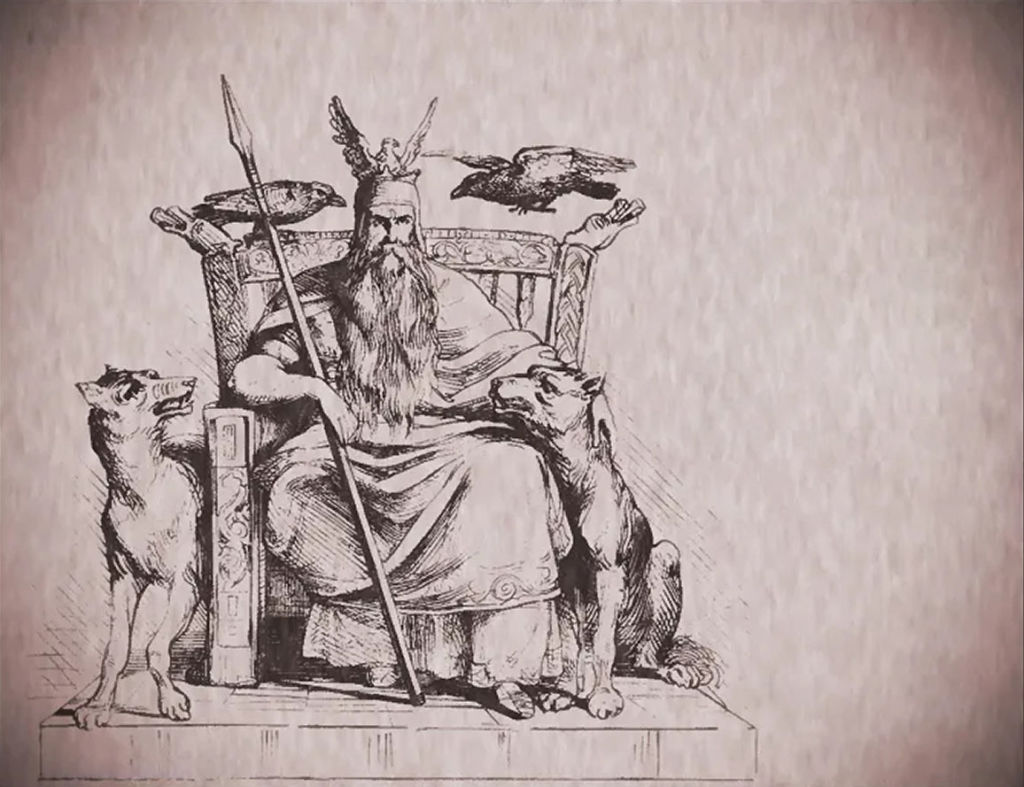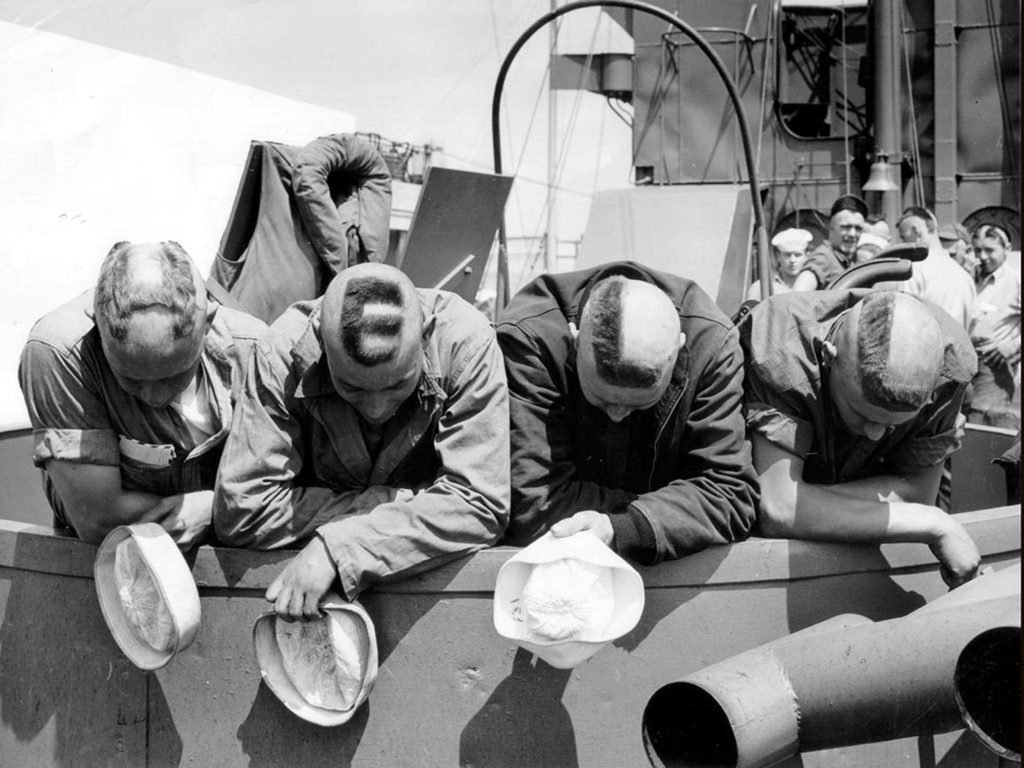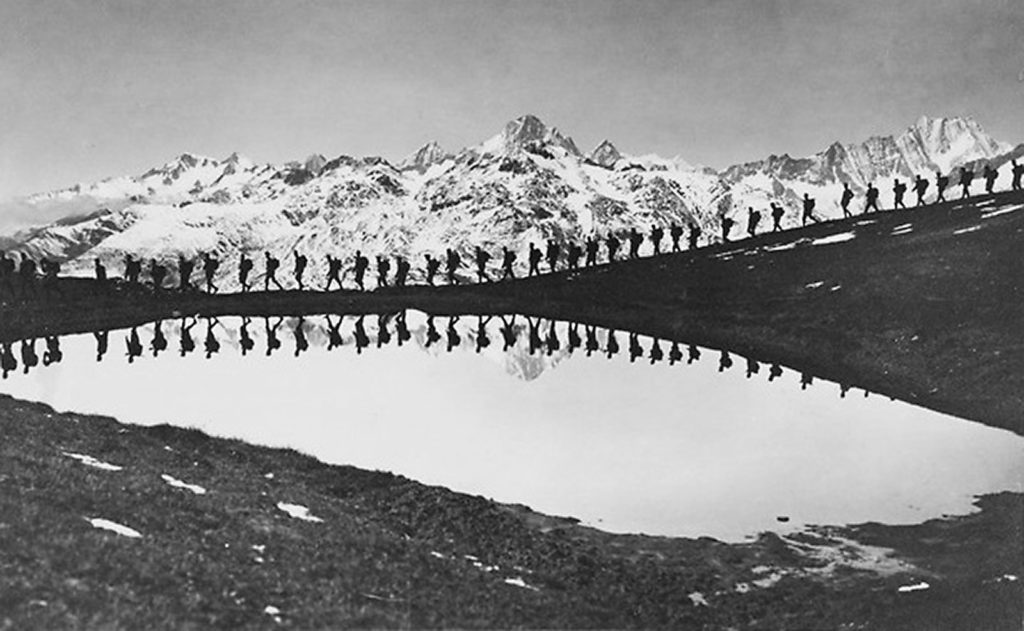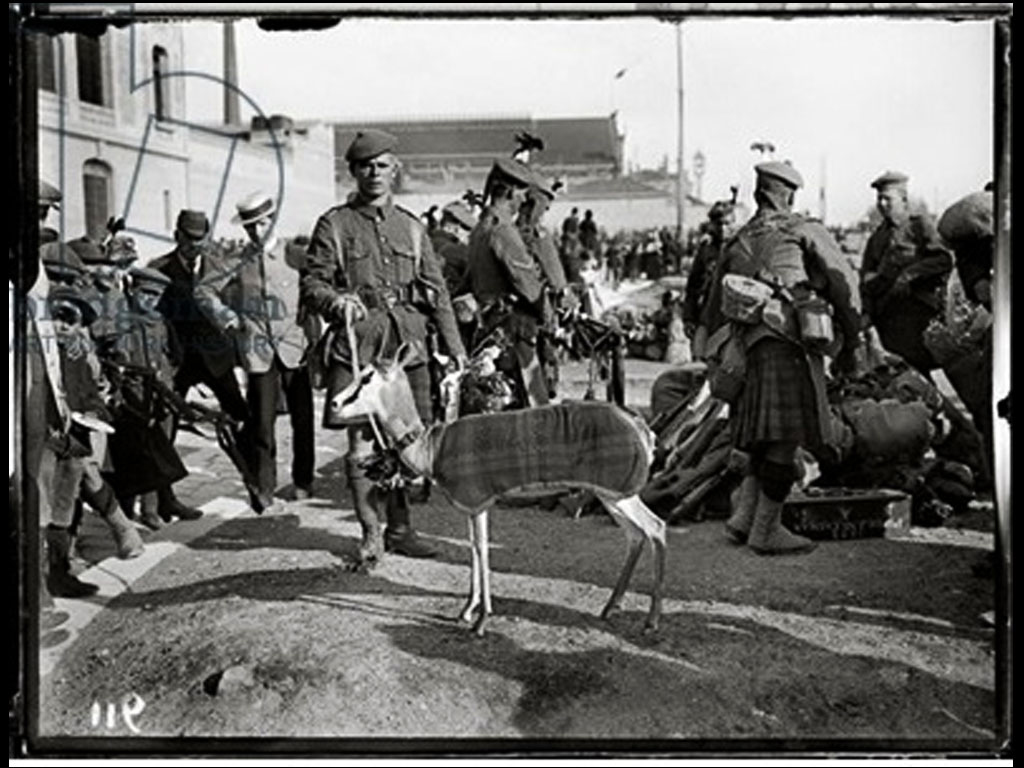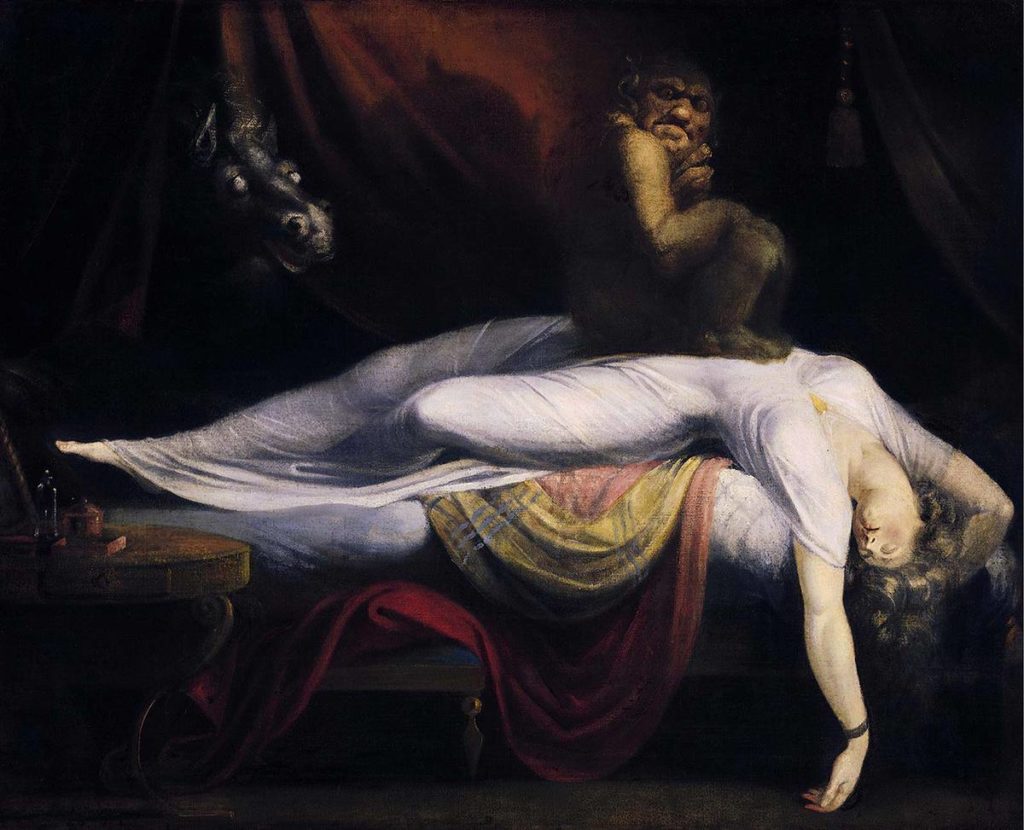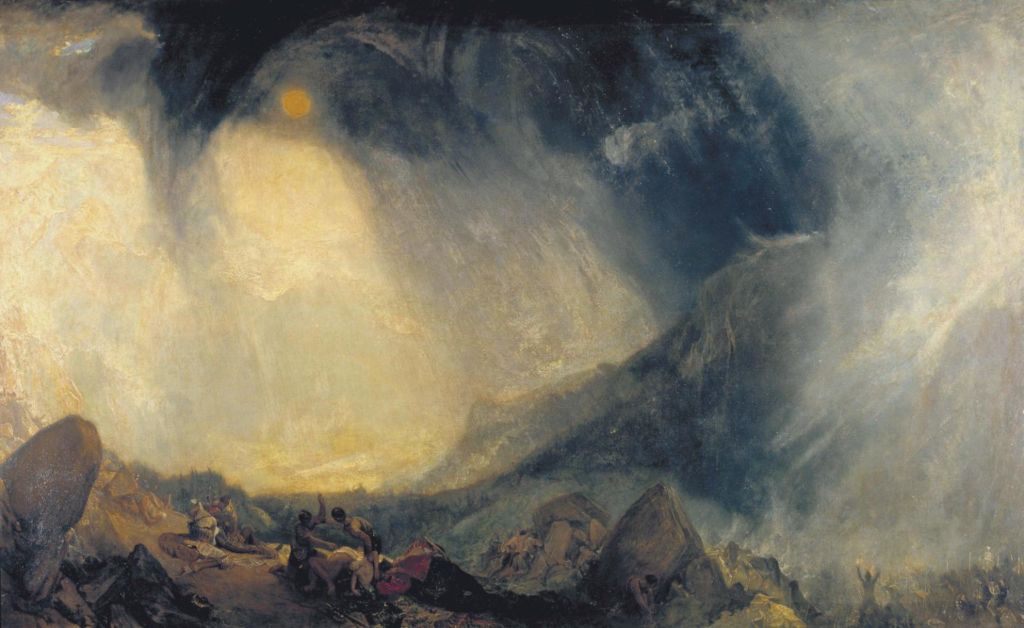In Cuba, access to Internet is limited, connections are slow and censorship generalized. To make up for this low connectivity, several strategies were developed, among which, the phenomenon known as el Paquete Semanal, or “the weekly package”, a collection of films of a Terabyte, made each week and illegally distributed throughout the country on flash drives. The artists Nestor Siré and Julie Weist took interest in what is now called the Cuban Netflix. They imagined an installation mixing archives and mass culture broadcast.
Les contenus américains ne sont pas payés en terme de copyright et leur exportation vers La Havane est interdite par le gouvernement cubain. L’entretien est extrait de l’article de F. Martel pour Slate : slate.fr
The origin of the Paquete, although uncertain, is likely not found in Cuba, but in Miami. It is on the continent that roughly 10 years ago this process was imagined piloted by Cuban-Americans. The source “(…) compiles every week, illegally on two counts, a large quantity of cultural contents. Downloaded and re-packed in Miami from Spanish-speaking television channels, these files are then ultra-compressed and transmitted via satellites to various relays on the island. These first hand resellers (several dozens at least, maybe several hundreds) decompress the files and copy then on hundreds of flash drives, themselves copied by second-hand resellers on hundreds of relay computers and distributed by drivers in cars or on motorcycles.1”
The content of the Paquete? Mostly cultural entertainment coming from the United States and Spanish speaking countries: music clips, subtitled Hollywood movies, telenovelas, news bulletins, etc. Each “packet” contains between 15,000 and 18,000 files. Sold in thousands of small stores, from La Havana to Santiago, it sees its price decrease with each day of the week and its multiplication, from two pesos (approximately two Euros) on Monday, down to 50 cents on Thursday or Friday.
We can estimate that the Paquete reaches 5 million Cubans, that is almost half of the population of the island, which makes it the first but also the only mass media in Cuba. Employing 45,000 people and generating one and a half million dollars a week, we also consider that it has become the largest private company in Cuba.
Having worked since 2015 on this phenomenon, the Cuban artist Nestor Siré invited the American Julia Weist to conceive together an installation for the Queens Museum of New York, from September 2017 to February 2018. Analyzing the ephemeral aspect of the Paquete – the flash drives are generally reformatted from one week to the other to make space for new files to copy – they compiled together aggregated data during the year (from August 2016 to August 2017) to create the first and only formal archive of this system. The installation 17. (SEPT project) [By WeistSiréPC] ™ is a hard drive of 64 terabytes containing 52 weeks of Paquete.

Installation view of 17. (SEPT) [By WeistSiréPC] ™. Photo: Hai Zhang, courtesy Nestor Siré and Julia Weist.
According to Nestor Siré, “the project does not intend to transpose the Paquete to New York, it is an extremely contextual phenomenon and it would be impossible to imagine here a simple copy – paste.” The exhibition rather offers some “metaphorical interpretations” of the various processes existing around this system. The artist sees for example in the existence of the flash drives the extension of the alternative networks of distribution of contents that preceded them, such as the copy of films and the telenovelas, first on VHS, then on CD and DVD.
During the exhibition, the artists also offered to the visitors a Paquete to download for free, in this case that of August 8, 2016. To create this matrix (necessarily legal this time, because within the frame of an institution), they contacted more than a thousand of assignees by e-mail to obtain the authorization of broadcasting on the American territory. A computer – without any Internet access – allowing the copy of these files was placed at the entrance of the museum shop. “This place was chosen to stress the transactional aspect of the acquisition of contents.” Sophie Lucas comments, the curator of the exhibition.
Another long-term project, still initiated by Nestor Siré and named !!!Sección A R T E, consists in creating a weekly packet that follows the rules and architecture (no pornography, no politics), but solely dedicated to visual arts and inserted every month in the Paquete.


